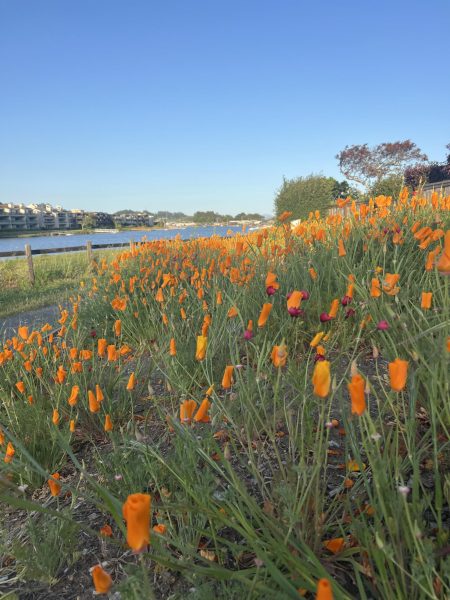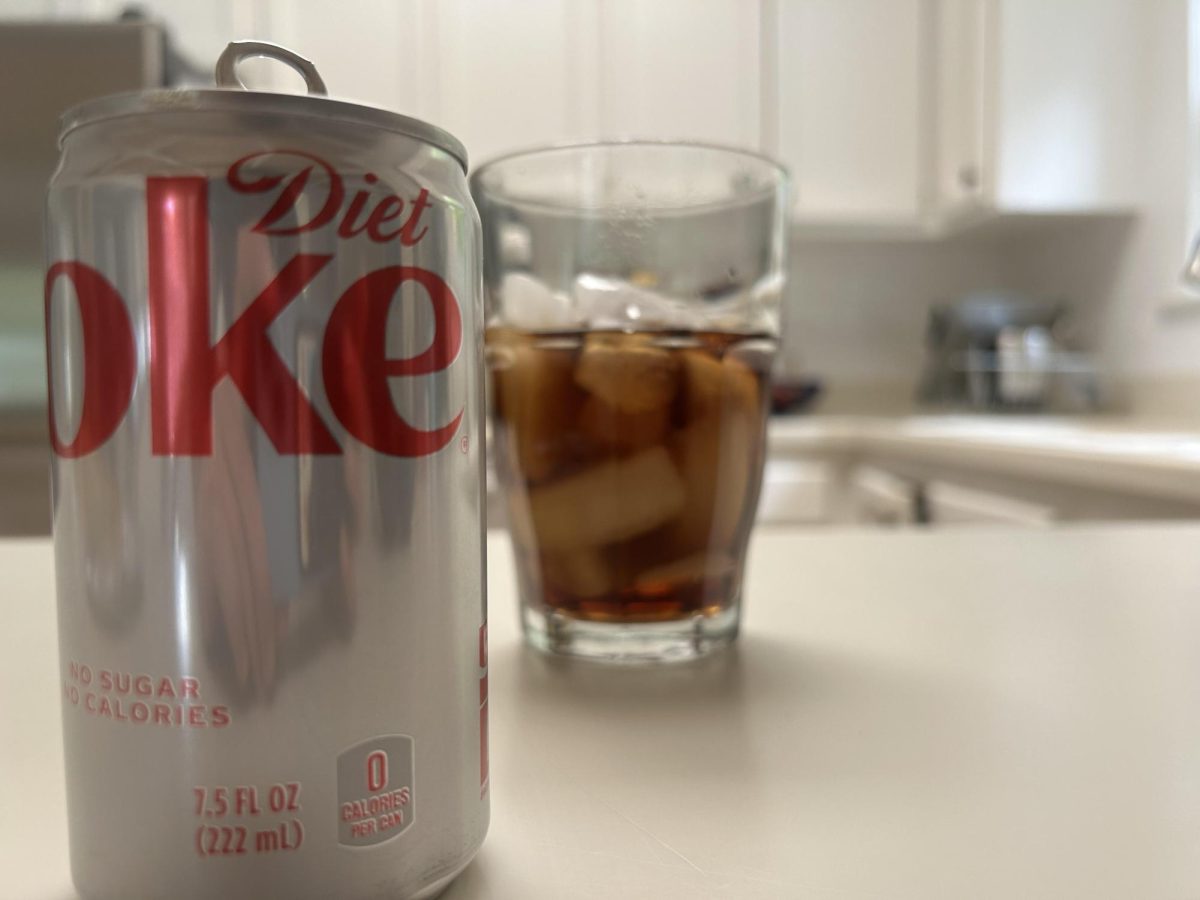The California Golden Poppy was named the state flower on March 2, 1903, and ever since it has been a symbol of California’s history. The fields of gold, as poppy fields are often referred to, represent the quest for riches of the 49ers during the Gold Rush. California is not the only state with a significant piece of state history represented by a flower. Each of the 50 states have a state flower chosen for culturally significant reasons. The flower either represents history, is common to the region or was voted on by the people, and these botanical symbols embody the essence of each state’s natural beauty, history and cultural heritage.

In addition to being botanical figureheads for the state, flowers also contribute to our economy. According to Kathy Means, the Produce and Marketing Association vice president for government relations and public affairs, the flower industry accounts for 4.23 percent of U.S. gross domestic product (GDP), and about one-third of total U.S. crop production.
On a smaller scale, local flower shops and grocery store flower sections in our community thrive, providing jobs and business opportunities throughout Marin. Hudson Grace, a floral boutique located at Marin Country Mart, provides unique floral arrangements and selections for its customers. Zoe Samayoaspoerry, a florist at Hudson Grace, recognizes the significance of the gift of flowers.
“[Gifting flowers] is a luxury, but it’s also a special thing because it brings life, love, joy and creativity. Giving [them] to somebody shows personality through the flower you chose,” Samayoaspoerry said.
Samayoaspoerry’s favorite flowers are peonies, but she also loves sunflowers and anything else in season. One of the beautiful things about flowers is that people can connect with them in a variety of ways.
Dolores Michaud, a Mollie Stone’s florist, sells flowers to people for many different reasons. But the most common reason people shop for flowers is for important occasions in their lives.
“Sometimes [people just] like to keep their house beautiful, but people [often buy flowers for] birthdays and sometimes [even] hospital visits,” Michaud said.
In this way, flowers can be a timestamp — a commemoration of both the good times and the bad.
Beyond their national and economic value, the flower industry carries a social and emotional significance that is impossible to quantify. One of the ways that we see this value in society is through gifting flowers. Giving someone flowers is more than just an act of kindness. It is a symbol of something more, whether it be gratitude, condolences, congratulations or even just appreciation.

Flowers establish worldwide traditions that bring joy, and a taste of spring, into lives. On March 9, 80,000 free tulips were given out in San Francisco to celebrate Tulip Day and also commemorate International Women’s Day on March 8. This event generated lines comparable to Disneyland and pleased many San Franciscans and those who commuted hours for the event. The impacts of the San Francisco Tulip Day can be seen in the joy and happiness the day brought to Union Square.
In addition to the emotional connections fostered by flowers, they are a pop culture and fashion symbol that has been prevalent since the 12th century in China. The nobility of the time often wore tapestry-like clothing with floral designs to showcase their wealth and status. Nowadays, it is common to see a clothing store with various floral designs filling their racks. Even the music and entertainment industries give repeated nods to flowers in the form of songs, sets and even entire plots.
The impact of the flower may not be something that is constantly discussed, but it is one that is significantly contributing to many aspects of our society and world. Flowers allow us to symbolize the complex relationship between joy, beauty and darkness. With their booming economic impacts and societal importance, there is no telling what flowers will look like or accomplish in the future.








